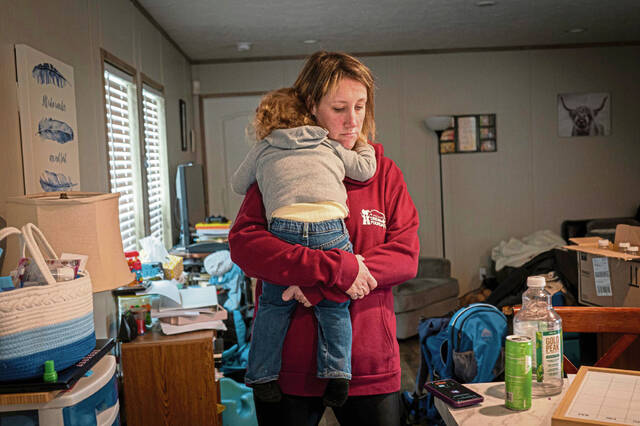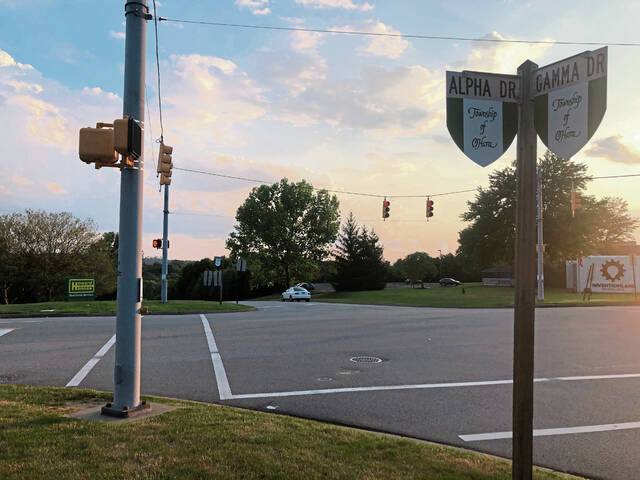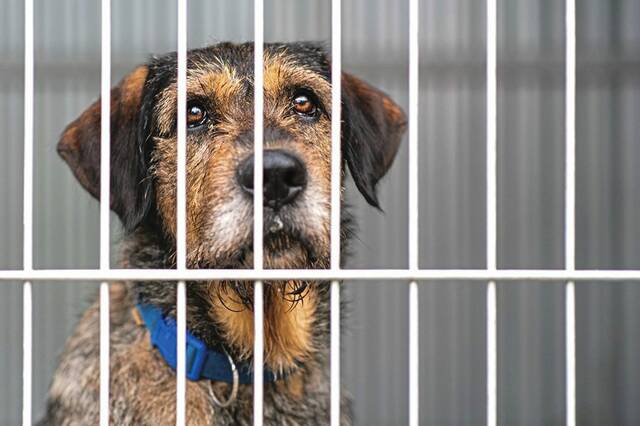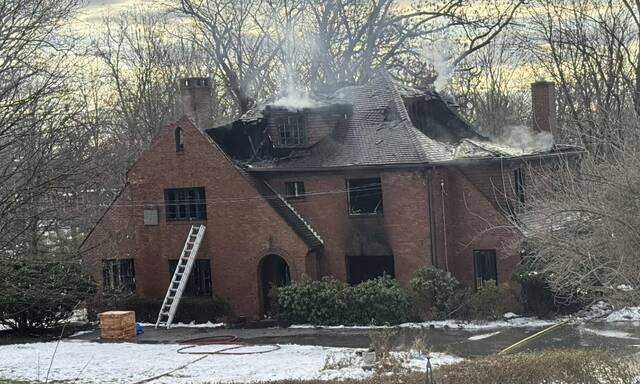Looking at the statistics, it appears there are more black bears in Allegheny and Westmoreland counties. But state officials aren’t sure if that really is the case.
For the public, however, it seems black bears are popping up all over urban settings.
In late December, a Pennsylvania Game Commission game warden trapped a 260-pound black bear in Pittsburgh’s Lower Hill District, near Downtown. The bruin had been living in the area for several weeks.
In August, wardens captured a 160-pound bear near DeLallo Italian Marketplace in Jeannette after the animal became a “consistent nuisance in a fairly populated area,” said Seth Misoras, a spokesman for the Game Commission’s Southwest Region.
Black bear hunting harvests from 2020 to 2021 increased in Westmoreland from 32 to 41 bears and in Allegheny County from three to seven, according to the commission’s bear harvest report released this week.
In Armstrong County, 56 bears were killed in 2020 and 58 in 2021.
Statewide, there was a 1% increase in bear harvests with 3,621 taken in 2020 and 3,659 bagged in 2021.
Last year’s hunting results are the fifth-highest ever, according to the commission.
“I wouldn’t say there are more bears, but there are longer bear hunting seasons than five or six years ago here,” Misoras said.
Game warden responses to nuisance bear reports, however, began to skyrocket in 2020.
During the pandemic, bear reports requiring game warden attention spiked 78% in the commission’s Southwest Region — from 404 reports in 2019 to 721 reports in 2020.
But those report numbers returned to prepandemic levels last year.
More opportunities; more bears bagged
The suburban areas ringing the state’s major cities, Pittsburgh and Philadelphia, have the longest-running bear season.
In those nearly urban areas, the hunting season runs almost three months — excluding most Sundays and other exceptions — from Sept. 18 to Dec. 11, Misoras said.
“The longest seasons are in areas close to densely populated areas for hunters to harvest bear where the commission doesn’t want growing bear populations so there will less human conflict,” he said.
Close to urban areas in the Alle-Kiski Valley, there are healthy populations of bears in Fawn and Frazer townships, and the forests and rural areas near small towns in Westmoreland, Armstrong and Butler counties, he said.
Another reason more hunters are bagging bears is that there is concurrent hunting seasons for taking a deer and a bear.
“Not many people are going to Allegheny County just to hunt a bear,” Misoras noted.
Bears often are taken when a deer hunter comes across a bear.
Pandemic spike in bear calls
Just as unprecedented as covid-19 itself, black bear sightings requiring game commission response — including nuisance bear reports — hit high numbers during the first wave of the pandemic.
The commission recorded a 760% increase in Armstrong County, from 10 to 86 officer responses from 2019 to 2020.
In Westmoreland County, there was a 185% increase, from 71 to 203 responses, and a 60% increase in Allegheny County, from 46 to 74 responses.
Misoras said there is a cause-and-effect reason for the rise in nuisance complaints: “There were more people home to see bears — not because there were more bears.”
Young bears will travel long distances on wooded corridors from forested areas to suburban and urban areas.
For example, in 2012 a young black bear wandered into the Sears at the Pittsburgh Mills in Frazer. At that time, Misoras was working on the commission’s urban bear study. The Sears bear had a GPS collar; Misoras said it walked an estimated 70 miles from the Johnstown area to Frazer.
In 2021, bear reports requiring a response from wardens were more in line with 2019 numbers, Misoras added.
The state bear biologist is working on a study about the impact of the hunting season changes on the bear population.








